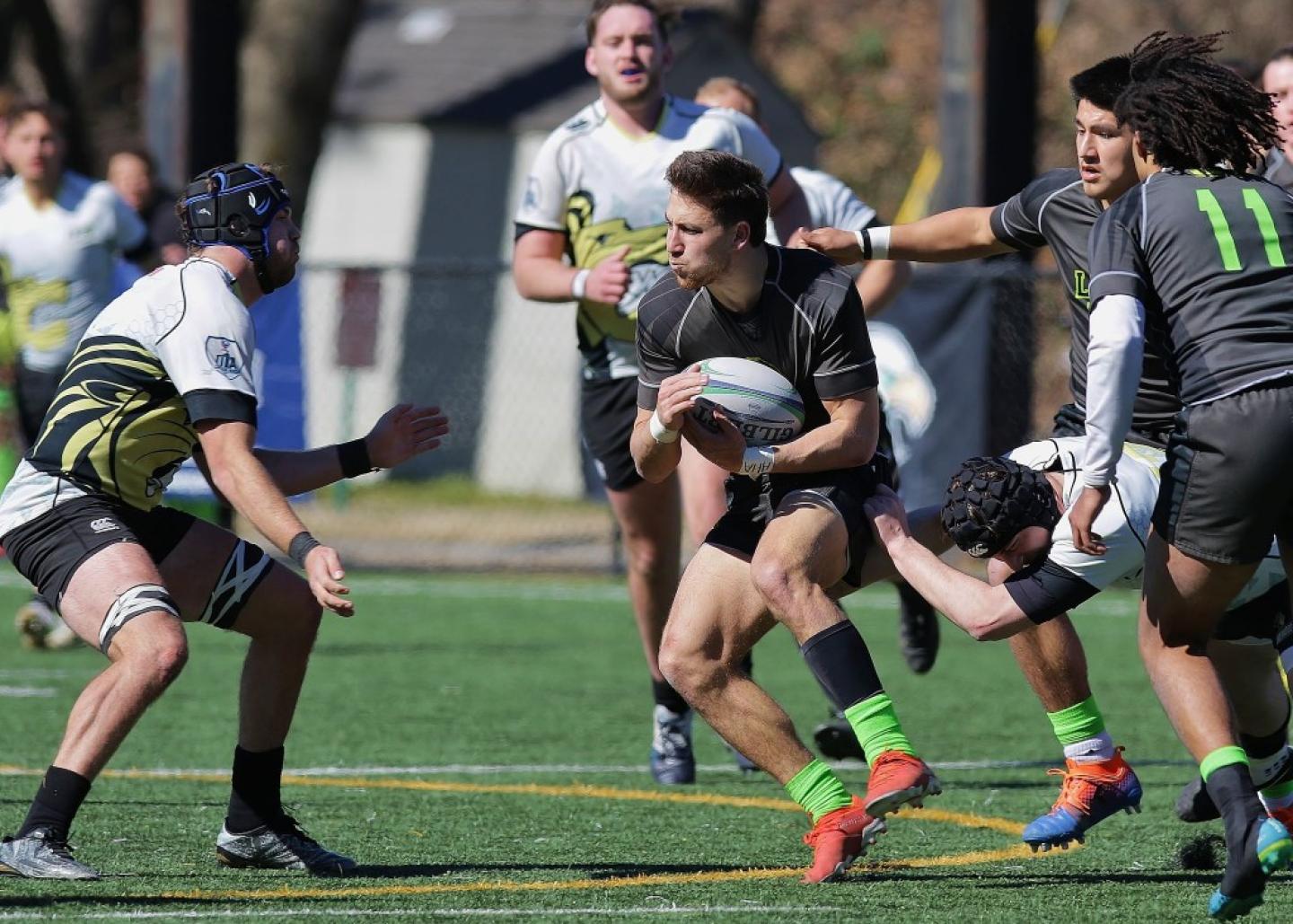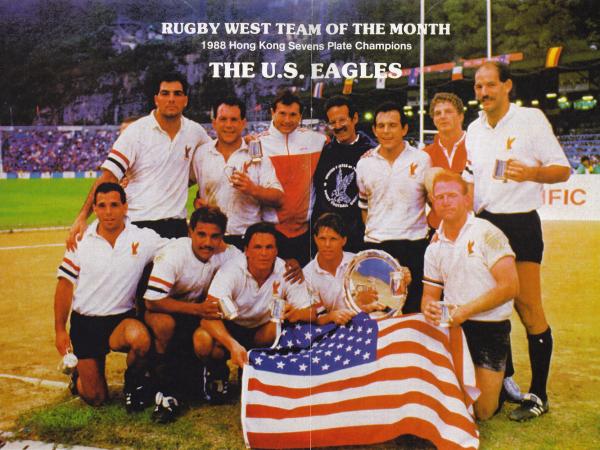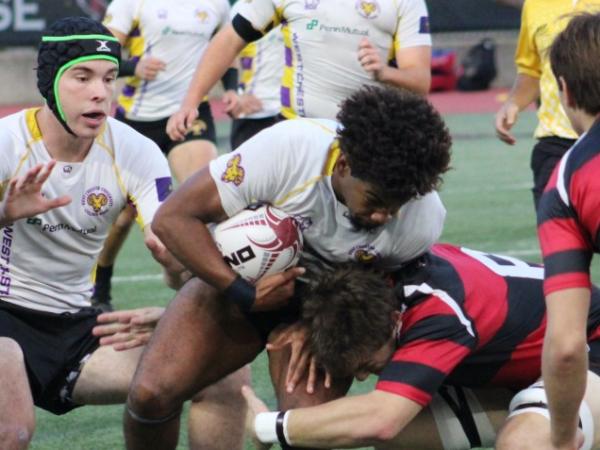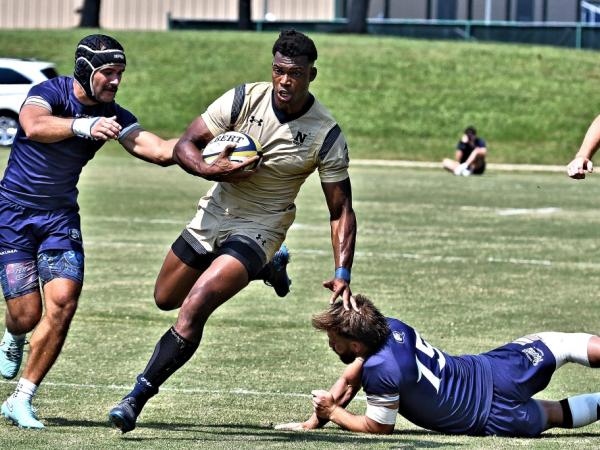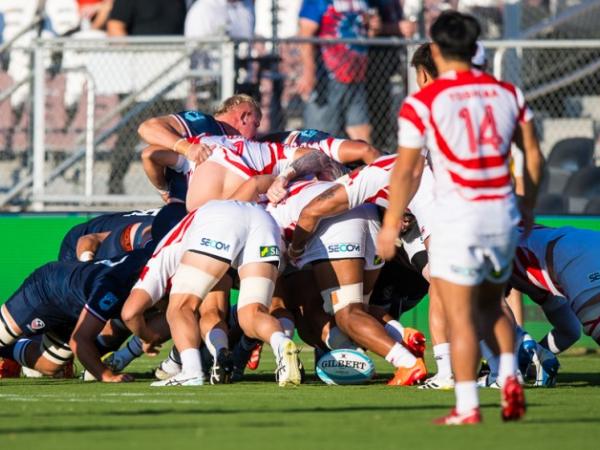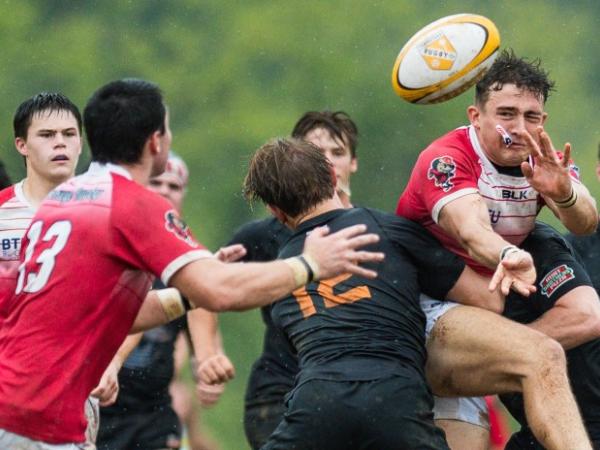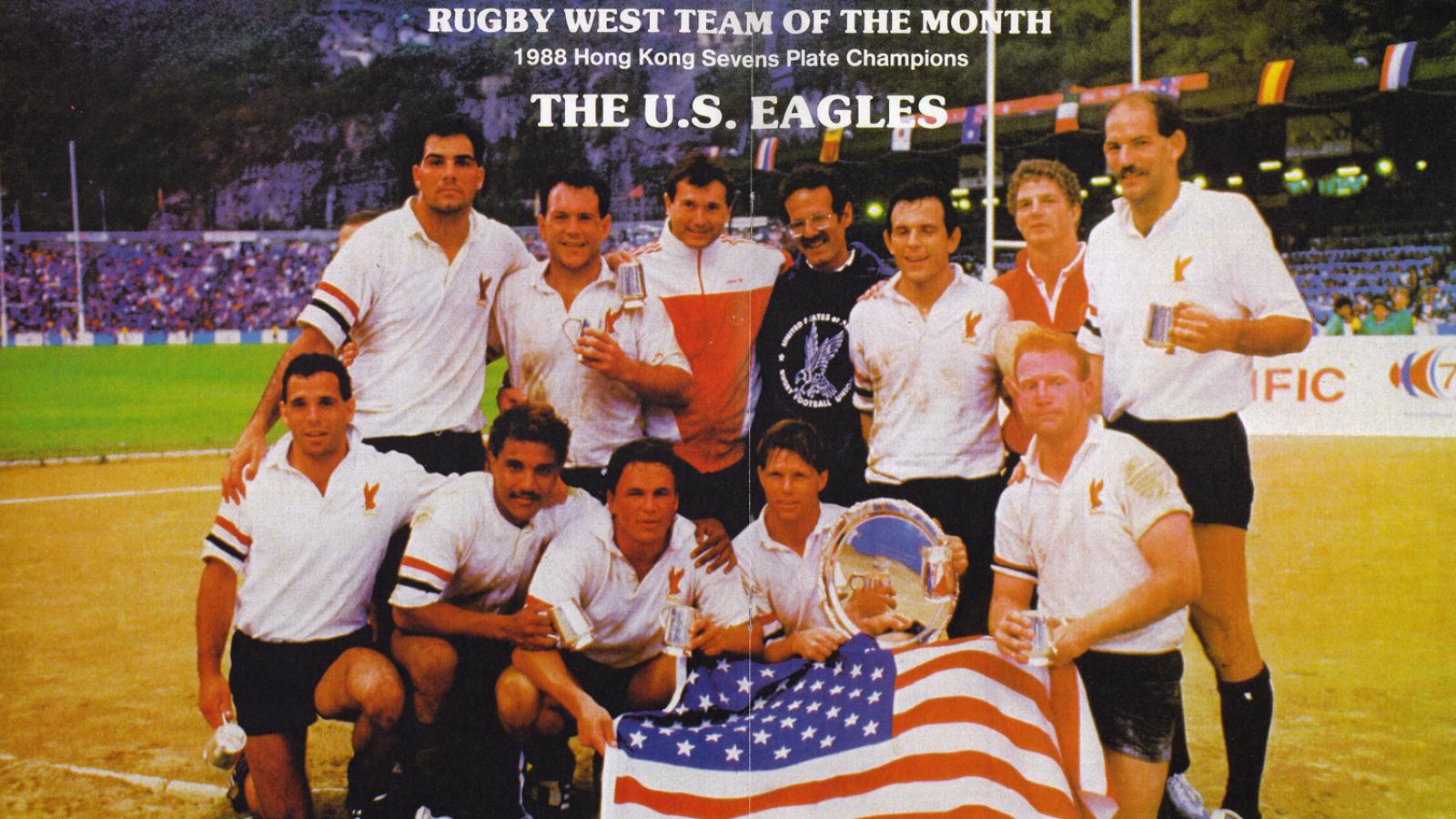The Midwest
CRAA has made the California Conference into a two-tier conference with DIA teams in one tier and DIAA teams in another. Two levels, one conference, allowing teams that improve, or teams that hit hard times to stay within the umbrella.
Could this be done in the Midwest? The current way it is makes that difficult because the 600-pound gorilla in the conversation is the Big Ten. You can't just incorporate other teams into the Big Ten, right? Well, no, but you can shift some things around. The issue with the Big Ten as it currently exists is that the regular season is only three games, with a finals day. It's the finals day that is the big event.
If you created a Midwest conference that includes most of the Big Ten teams, Davenport, Lindenwood, and probably a few other college teams (we're hearing rumors) then you could conceivably have a five- or six-team DIA conference and a five- or six-team DIAA conference in the region, with perhaps a working relationship with the Heat of America.
The Big Ten teams could be seeded from their results within this framework and still have their Finals Day; there would still be a Big Ten champion, which is something the teams want.
This is not set down on paper let along set in stone, but it is certainly something that's being looked at, and what will succeed is producing a competition that is attractive to teams in the Midwest. Getting there may mean shaking things up.
Developments to Watch Out For
We will discuss this in more detail in a day or two, but there is a trend in D1 college toward more 15s and less 7s, even in the spring.
As a result, look for some teams to explore more 15s playing opportunities in the winter/spring.
This falls right in line with what CRAA has been preaching of late—see Paul Keeler talk about this in an interview during the CRAA Fall Classic (fast-forward to 53:55). More 15s is what brings more players to the game, and is what helps higher-level 15s teams get better.
Less conference-splitting. Rugby East is a conference which includes teams in NCR and teams in CRAA, but the NCR teams have to pay USA Rugby dues if they want to play the other teams. That is more of a pain for other conferences, and we might see some conferences that had split membership (MAC, SCRC, Big Ten) straighten that out either by having teams leave or having everyone agree.
(Stop laughing, 100% agreement can happen ... somewhere.)
The growth of the two-tier conference. There's strength in numbers. NCR has the Liberty Conference in two tiers. CRAA has the California Conference in two tiers. Might we see more of that in the Midwest and in Texas? The PAC is ripe for it but probably a few things have to fall into place.
The upshot, of course, is that there will be some realignment. This isn't a bad thing, and if you're a fan of college football you'll see how a) aligning rugby on college football lines is a fool's game and b) how conferences there are changing all the time, too.






